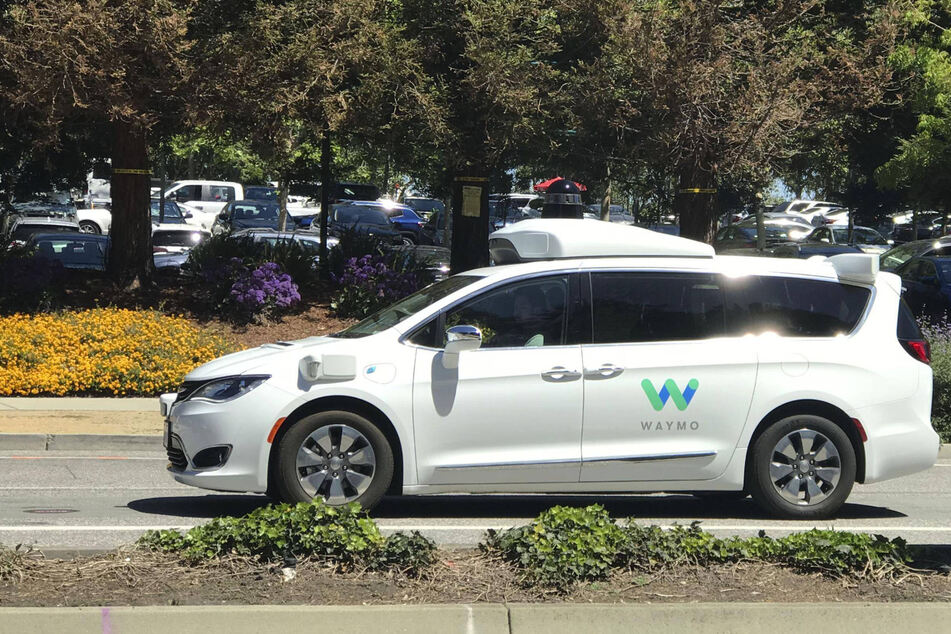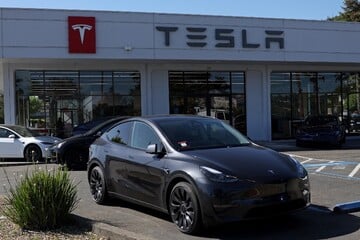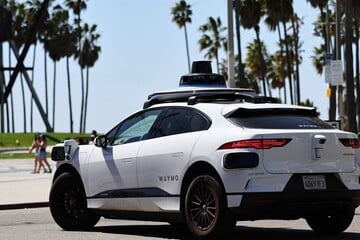California to allow self-driving taxis with paying passengers
San Francisco, California – Google's sister company Waymo and General Motors subsidiary Cruise have been given the green light to launch commercial robot taxi services in California.

Although this is a major step forward in the long-promised and much-delayed driverless mobility trend, California will – at least initially – still require that a safety driver is at the wheel at all times, regulatory authority CPUC announced at the start of March.
Both companies already offer rides in which the driver's seat remains empty. However, they have not been allowed to collect money for doing so.
Waymo and Cruise had previously received clearances from the California Transportation Commission.
Waymo is also allowed to operate its self-driving cars in parts of San Francisco and San Mateo County in Silicon Valley at speeds of up to 65 mph around the clock as part of its commercial service.
Cruise's robotaxis can carry paying passengers at night between 10:00 PM and 6:00 AM at speeds up to just under 30 mph.
Waymo and Cruise are firmly focused on building services with fully self-driving robotaxis.
The end of private cars?

Driverless taxis are widely seen as the key mobility trend of the future, and it has often been predicted that the autonomous vehicle of the future will be a robot taxi that you don't own, but only use when needed.
The development could also move faster if cities were to intervene with higher parking costs or a city toll to force private vehicles out of congested cities.
At the same time, the first car manufacturers have started to install driving computers in their entire model range – even if they're not all activated yet.
Once they're available and road legal, manufacturers will be able to earn more. Even in an entry-level model, the owner can activate new functions over time, and that changes the manufacturer's business.
The hardware needed for autonomous driving is also becoming steadily cheaper. This is especially true for laser radars (lidar) that scan the vehicles' surroundings.
Simultaneously, self-driving technology is also expected to feature heavily in delivery trucks, while John Deere has also unveiled its first fully functioning driverless tractor.
Cover photo: IMAGO / Kyodo News

